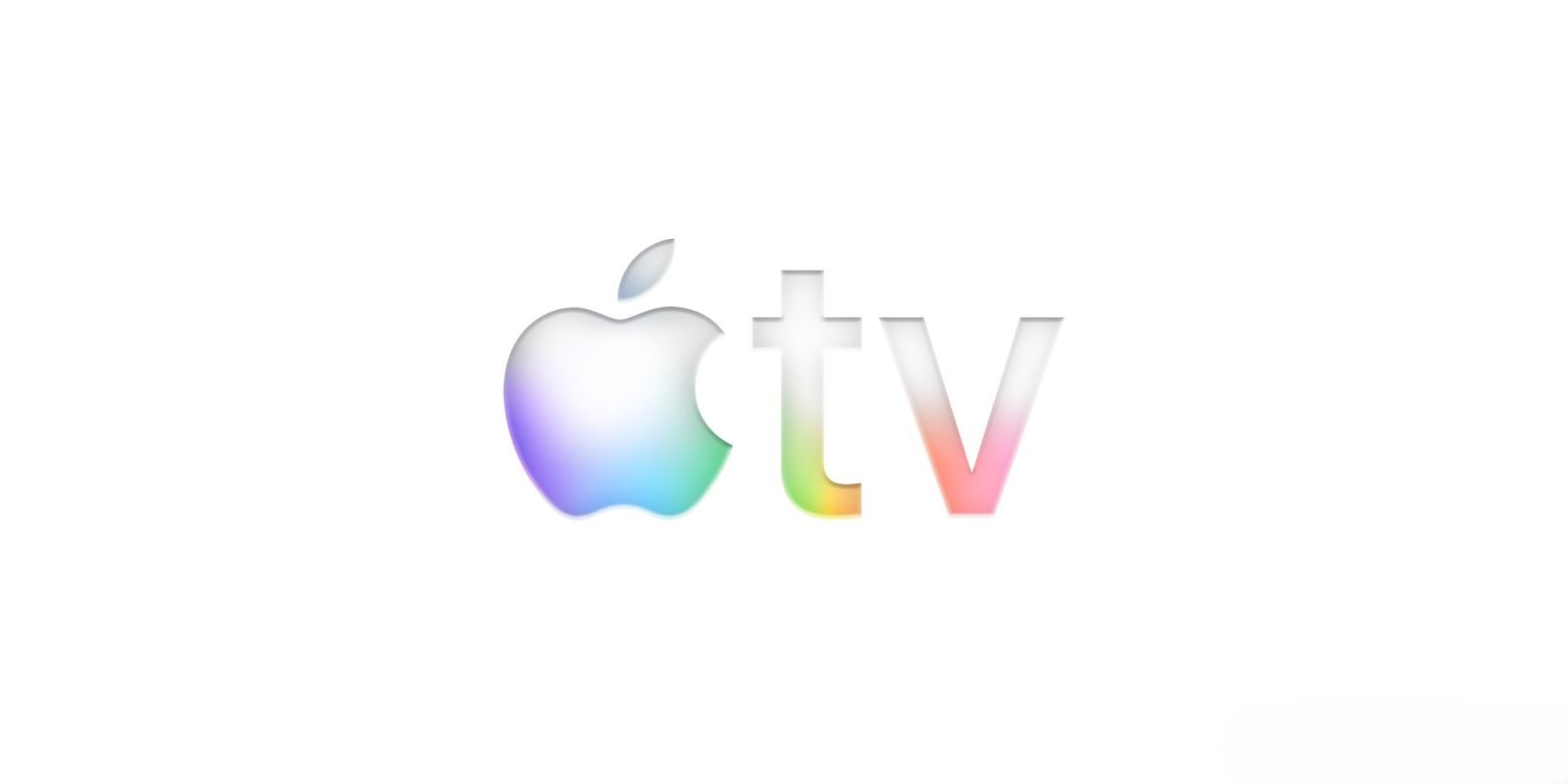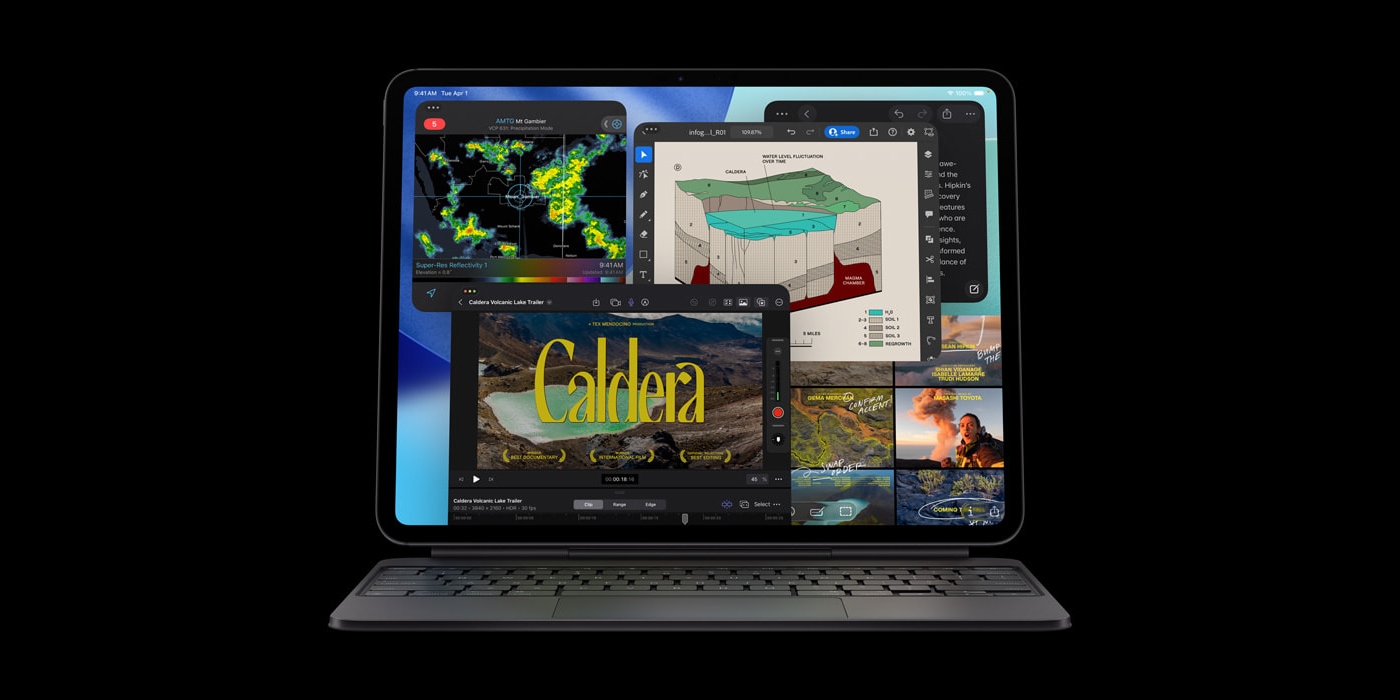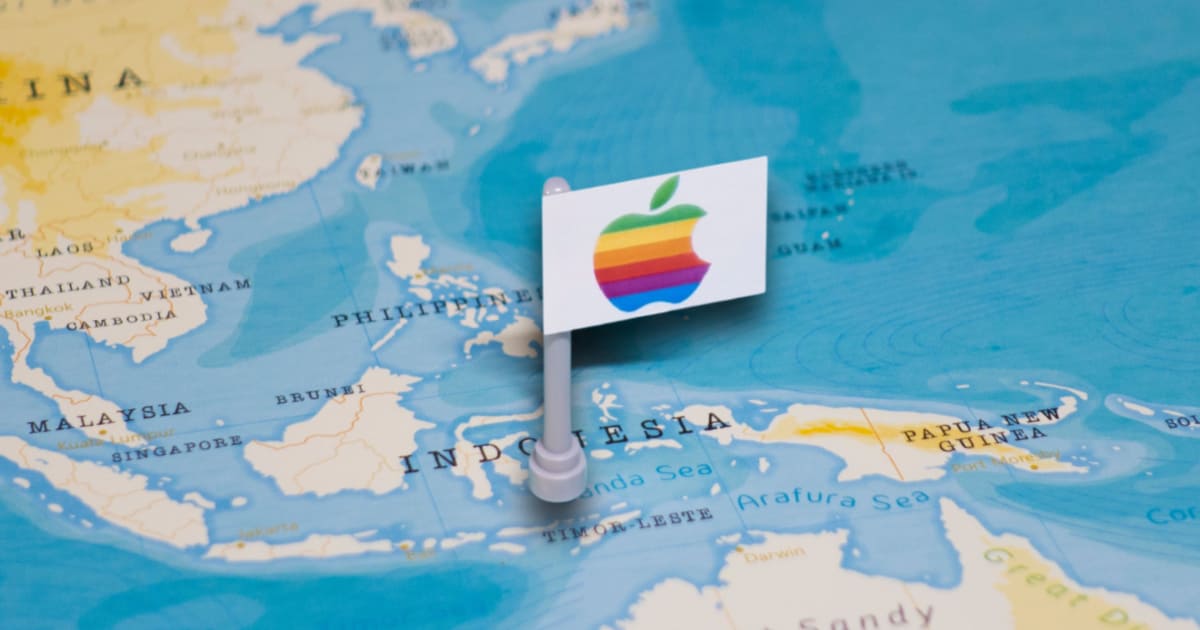In a significant move to streamline its branding, Apple has rebranded its streaming service from Apple TV+ to simply Apple TV. This decision, as explained by Eddy Cue, Apple’s Senior Vice President of Services, reflects the company’s commitment to clarity and consistency across its product lineup.
The Rationale Behind Dropping the Plus
During a recent appearance on The Town podcast hosted by Matt Belloni, Cue elaborated on the motivations for this change. He noted that the Plus suffix was initially introduced to differentiate the subscription-based service from other offerings. However, as the service matured and its identity became well-established, the distinction was deemed unnecessary. Cue stated:
> We put the plus in there because we’ve used it in our other services like iCloud+ and News+, but we do that when we have a free service and then there’s a paid version. We stayed consistent because of it, but we all called it Apple TV and we said, given where we are today, it’s a great time to do it, so let’s just do it.
This shift aligns with a broader industry trend where streaming services are simplifying their names to enhance brand recognition and reduce consumer confusion.
Addressing Potential Confusion with Hardware
A natural concern arising from this rebranding is the potential confusion between the streaming service and Apple’s hardware product, the Apple TV 4K. Cue addressed this by emphasizing that the hardware retains its full designation, Apple TV 4K, which clearly differentiates it from the streaming service. He remarked:
> Our hardware is called Apple TV 4K for your TV. I think that’s fine, and the app is called Apple TV. It’s been called Apple TV on our third-party products as well, so I don’t think that’ll be a problem at all.
This clarification underscores Apple’s confidence that consumers can distinguish between the hardware and the streaming service, given the context in which each is used.
Historical Context and Consistency in Branding
Apple’s decision to simplify the streaming service’s name is consistent with its historical approach to product naming. The company has often favored straightforward, memorable names that resonate with consumers. For instance, the transition from iTunes to Apple Music and the consolidation of various services under the Apple One umbrella reflect this strategy.
Moreover, the removal of the Plus aligns with how consumers colloquially refer to the service. As noted in previous discussions, many users naturally drop the Plus when mentioning the service, simply calling it Apple TV. This organic usage indicates that the rebranding aligns with public perception and usage patterns.
Implications for the Apple Ecosystem
This rebranding is not merely a cosmetic change; it has broader implications for the Apple ecosystem. By unifying the naming conventions, Apple aims to create a more cohesive user experience. The Apple TV app, which serves as a hub for various streaming services, including Apple’s own content, now shares its name with the streaming service, reinforcing the integration between hardware, software, and services.
Additionally, this move may influence how Apple markets its products. With a simplified name, promotional materials can be more straightforward, potentially enhancing consumer understanding and engagement. It also sets a precedent for how Apple might approach naming conventions for future services and products.
Industry Perspective and Future Outlook
The streaming industry is highly competitive, with numerous players vying for consumer attention. Apple’s decision to simplify its service’s name could be seen as a strategic move to strengthen its position in the market. A clear and concise brand name can aid in marketing efforts and improve brand recall among consumers.
Looking ahead, it will be interesting to observe how this rebranding affects subscriber growth and engagement. If successful, it may prompt other companies to reevaluate their branding strategies to ensure clarity and resonance with their target audiences.
Conclusion
Apple’s decision to drop the Plus from its streaming service’s name reflects a thoughtful approach to branding, aiming for simplicity and alignment with consumer usage. Eddy Cue’s insights provide a clear rationale for this change, emphasizing the company’s commitment to a cohesive and user-friendly ecosystem. As the streaming landscape continues to evolve, such strategic decisions will be crucial in shaping the future of digital entertainment.



